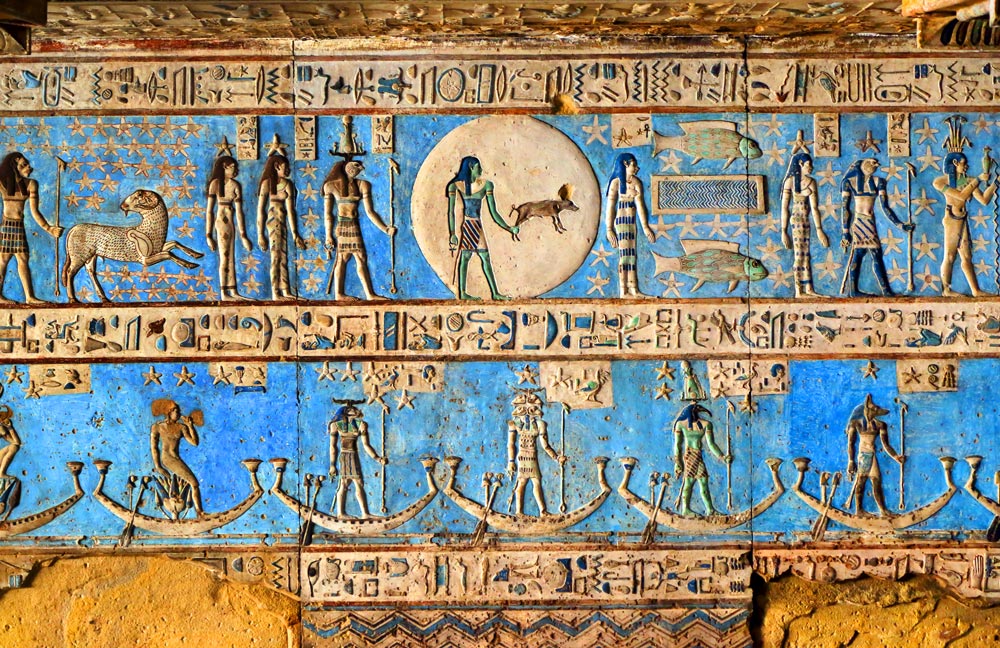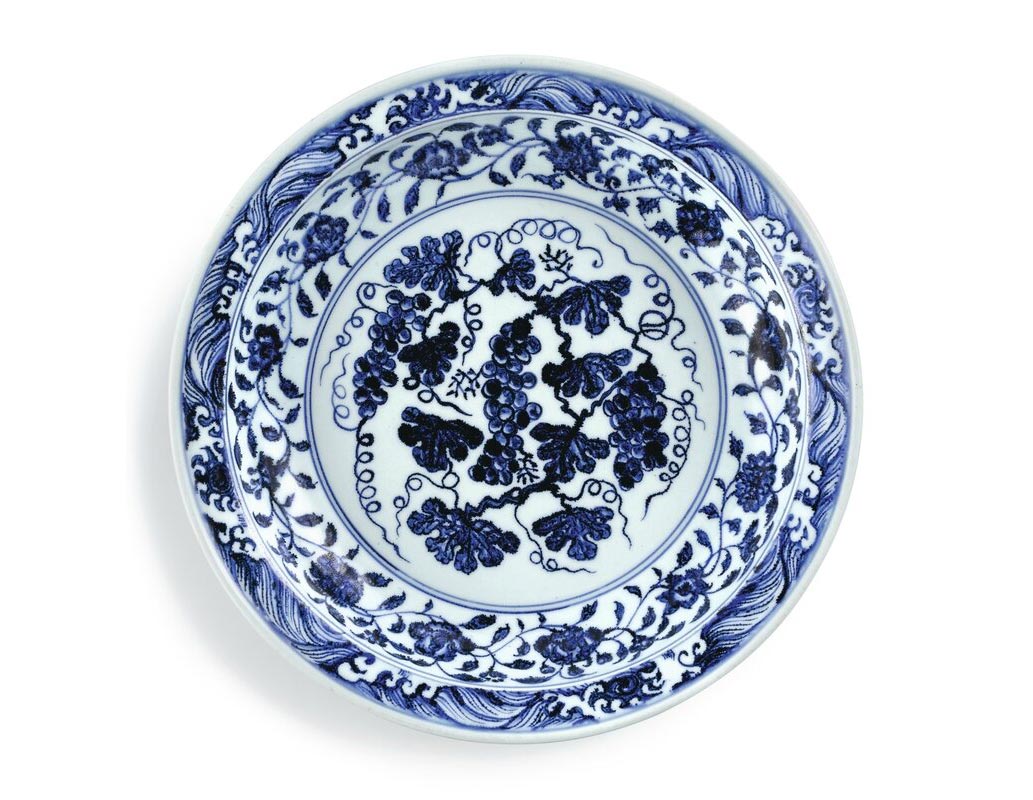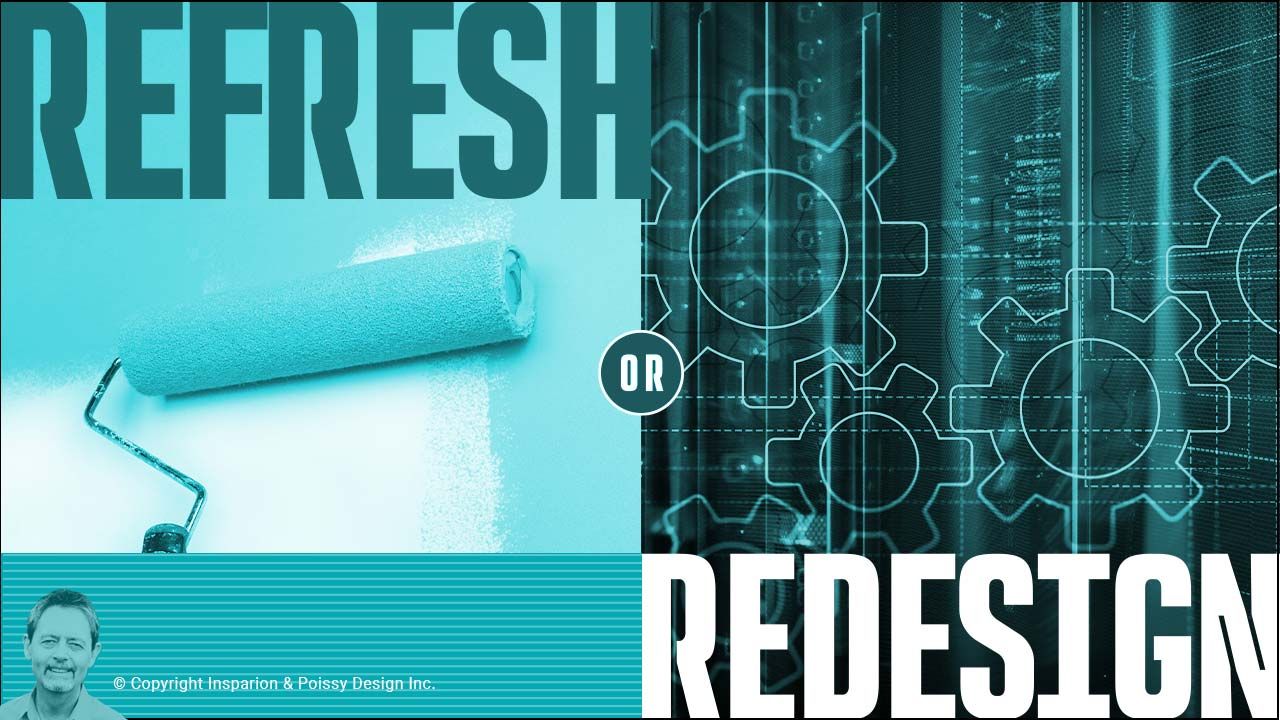
The Enduring Allure of Blue: A Journey Through History
Dec 18, 2024Blue's historical significance and rarity have elevated it as a symbol of prestige, artistry, and emotion throughout human civilization. Blue has reflected innovation, spirituality, and universal appeal from ancient societies to the modern era.

A Rare Gem in Early Civilizations
In ancient times, Blue was an uncommon and coveted color due to its scarcity. The meticulous extraction of blue pigments underscored their cultural and spiritual importance:
- Mesopotamia and Persia: The deep Blue of lapis lazuli was reserved for the sacred and royal. Its vibrant hue represented the cosmos and divine favour, integral to religious artifacts and regal ornaments.
- China: Cobalt blue became synonymous with exquisite porcelain during the Tang and Ming dynasties. The intricate designs it adorned elevated Blue to a symbol of refinement and craftsmanship, gaining admiration across continents.

Achaemenid bull made from lapis lazuli stone, from Articles on ancient history
Faith, Royalty, and the Middle Ages
During medieval Europe, blue acquired profound religious and royal significance. Ultramarine, derived from lapis lazuli, became the pinnacle of sacred art. Its expense restricted its use to critical religious imagery, particularly depictions of the Virgin Mary, symbolizing purity and divine grace. This exclusivity cemented blue as the "colour of heaven."
Simultaneously, "royal blue" emerged as a mark of authority and prestige. Nobility adopted it in their clothing and emblems, reinforcing its connection to power and elevated societal status.

Blue and white grape charger Ming Dynasty from Alain. R. Truong
Renaissance Innovations and Blue's Accessibility
The Renaissance heralded new artistic and scientific discoveries, transforming blue's role in culture:
- Prussian Blue, discovered in the early 18th century, was the first affordable synthetic blue pigment. Its vibrant tone made blue accessible to a wider audience, revolutionizing art and design.
- This new pigment gained prominence in Japanese woodblock prints, notably in Hokusai's The Great Wave off Kanagawa, which added depth and dynamism, demonstrating Blue's evolving artistic influence.

The Great Wave off Kanagawa by Hokusai
The Modern Era: Blue for the Masses
The Industrial Revolution democratized blue, making it a staple across industries:
- Fashion: Synthetic indigo paved the way for denim, turning blue jeans into an enduring symbol of resilience and egalitarian style.
- Art: Blue resonated with 20th-century artists like Picasso, whose Blue Period used the colour to express melancholy and emotional depth.
- Politics: Blue emerged as a global emblem of peace and unity, prominently featured in the flags of organizations like the United Nations and the European Union.

Portrait of Jaime Sabartes by Picasso
The Psychology of Blue in Modern Branding
Today, blue dominates branding across industries due to its psychological impact:
- Corporate Trust: Tech companies like Facebook, Twitter, and IBM use blue to convey dependability, innovation, and professionalism.
- Healthcare and Wellness: Blue's association with calm and care makes it ideal for medical and wellness brands.
- Luxury: Brands like Tiffany & Co. capitalize on blue'sBlue's exclusivity to evoke timeless elegance.
Blue's ability to inspire trust and emotional connection makes it a foundational element of brand identity.

Blue Phoenix by Tiffany & Co.
Cultural and Symbolic Meanings
Blue's meaning evolves across cultures, yet its universal resonance remains strong:
- Tranquillity: Its connection to nature—sky and sea—imbues it with a calming, infinite quality.
- Loyalty and Trust: In Western cultures, blue symbolizes reliability and responsibility.
- Divinity: Blue is tied to spiritual reverence and the heavens across the globe.
Blue Today: Timeless and Ubiquitous
From digital interfaces to environmental campaigns, Blue continues to inspire. It dominates UI/UX design for its clarity and focus while representing eco-consciousness in sustainability efforts. Brands use blue to signify trust and their commitment to planetary well-being.
Conclusion: The Legacy of Blue
Blue's transformation from a rare luxury to a global mainstay reflects its unique ability to adapt to the changing tides of art, culture, and technology. Whether in Renaissance masterpieces, everyday denim, or iconic branding, blue remains a timeless and powerful force in human expression. Blue will undoubtedly continue to evolve as we progress, a constant thread through humanity's journey.





